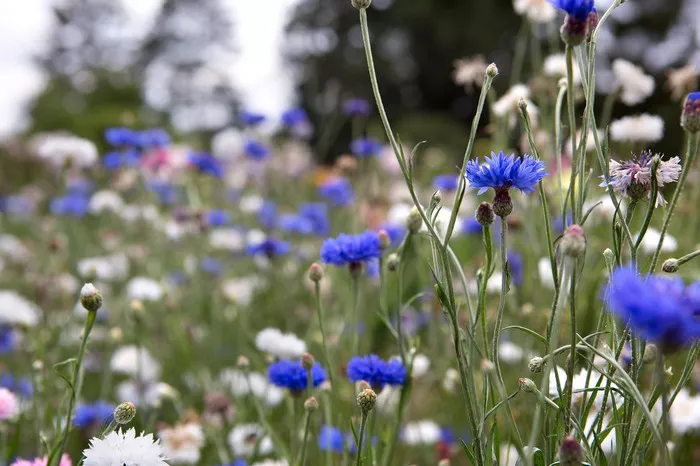There’s little that matches the serene beauty of lush greenery enhancing any living space. However, when your plants start showing signs of stress, it’s crucial to act swiftly. Julian Palphramand, head of plants at British Garden Centres, emphasizes the importance of recognizing and addressing common plant issues early on.
1. Wilting
Wilting is a clear indicator that your plant is under stress, according to Palphramand. This can result from either overwatering or underwatering. “If the soil feels dry and crumbly, you may be underwatering,” he advises. Conversely, overly saturated, soggy soil suggests overwatering. To maintain optimal soil moisture, Palphramand recommends ensuring good drainage and adopting a balanced watering schedule—water when the top inch of soil is dry.
2. Yellow Leaves
Yellowing leaves often signify nutrient deficiency, poor drainage, root damage, or disease, Palphramand notes. Nitrogen deficiency is a common culprit. To counter this issue, he suggests using balanced plant food and ensuring adequate drainage to prevent root-related problems such as rot. “This helps maintain a healthy nutrient balance in the soil,” he adds.
3. Leaf Drop
The sudden shedding of leaves is typically triggered by abrupt environmental changes—such as temperature, light, humidity, or water availability shifts. Palphramand advises gradually acclimating plants to new conditions to minimize stress and leaf drop, allowing them to adjust to their surroundings.
4. Brown Tips
Brown tips on leaves often indicate inconsistent watering, excessive salt content in water, or low humidity levels, according to Palphramand. Establishing a regular watering schedule, using distilled water if necessary, and increasing humidity through methods like misting can mitigate this issue, particularly for tropical plants.
5. Stunted Growth
Nutrient deficiencies, inadequate light, or being root-bound in a container can lead to stunted growth, Palphramand explains. Ensuring plants receive sufficient light and nutrients, possibly by relocating them to a sunlit windowsill, and repotting if root-bound, are essential steps to encourage healthy growth.
6. Spotty Leaves
Spots or blotches on leaves may indicate fungal or bacterial infections, pests, or nutrient imbalances, Palphramand suggests. Removing affected leaves promptly and treating the plant with suitable fungicides while maintaining a consistent feeding schedule can help maintain plant health.
7. Legginess
“Leggy” growth, characterized by elongated stems and sparse foliage, typically results from insufficient light, Palphramand observes. Moving plants to a brighter location where they can receive adequate light is crucial for promoting compact and healthy growth.
8. Brittleness
Brittle or crispy leaves often indicate dehydration, low humidity, or excessive heat exposure, Palphramand points out. Regular watering and increasing humidity through misting can alleviate these symptoms, but he advises against placing plants in direct sunlight or near heat sources.
9. Root Rot
Root rot, a serious condition caused by overwatering and poor drainage, manifests as black, mushy roots with a foul odor, Palphramand explains. To remedy this, he recommends carefully removing affected roots, replanting in fresh, well-draining soil, and ensuring proper watering practices to prevent recurrence.
10. Pests
Visible insects or webbing on leaves indicate a pest infestation, Palphramand warns. Common pests include aphids, spider mites, gnats, and mealybugs. Treating affected plants promptly with insecticidal soap or neem oil, and isolating infested plants to prevent spreading, are crucial preventive measures.
11. Mildew
The presence of white, powdery patches resembling cotton wool on leaves indicates powdery mildew, a fungal infection, Palphramand observes. Improving air circulation around plants and avoiding overwatering can help prevent mildew. Fungicidal sprays are effective treatments to maintain plant health.
Understanding these signs of plant stress and implementing appropriate measures can ensure your green companions thrive. Palphramand’s expert advice underscores the importance of proactive care and timely intervention in maintaining healthy, vibrant indoor gardens.


